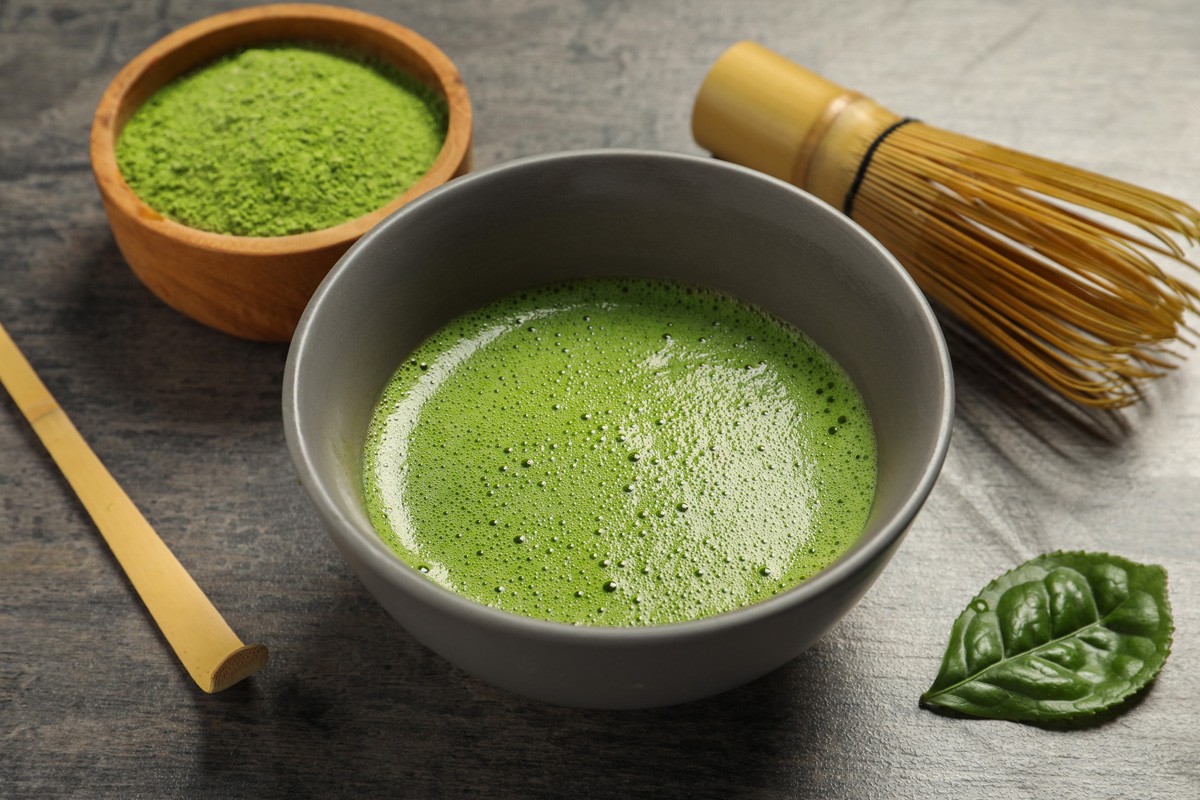
The appeal of matcha lies not only in its vibrant green color and delicate aroma, but also in its significant health benefits. Matcha has been gaining attention as a "superfood" not only in Japan, but also overseas. In this article, we will thoroughly explain everything about matcha, including its health benefits, delicious ways to enjoy it, famous production regions, and recommended brands.
*If you purchase or reserve products introduced in this article, a portion of the sales may be returned to FUN! JAPAN.
👉Click here to purchase matcha products【Yahoo! Shopping】
What is Matcha? Why is Matcha Booming Now? How is it Different from Green Tea?
How is Matcha Made?
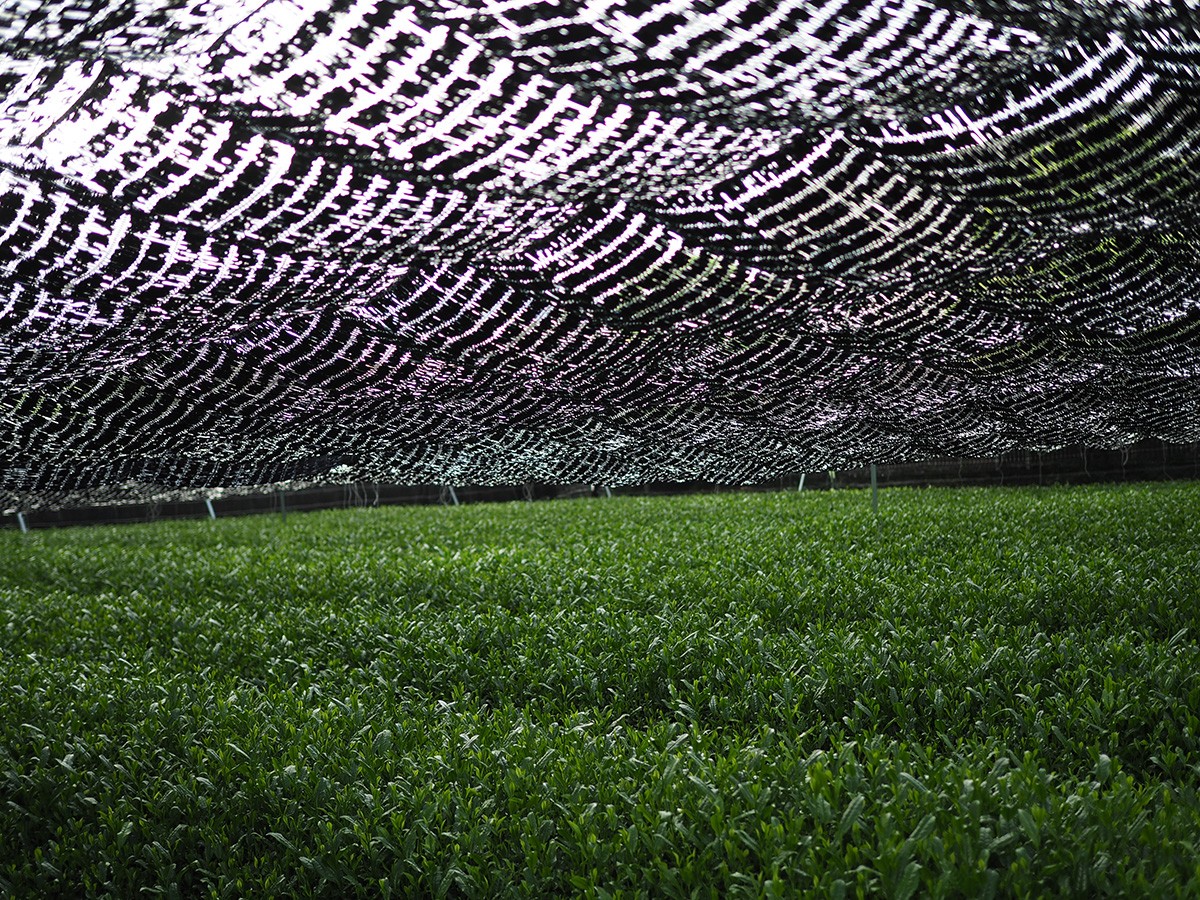
Matcha is made from tea leaves grown using a method called "covered cultivation" (覆下栽培 / ooishita saibai), where the plants are shaded from sunlight. The raw leaves, called tencha, are steamed and dried without being kneaded, then ground into a fine powder using a stone mill to become matcha.
Why is Matcha So Popular?
There are several reasons behind the recent matcha boom. First, as people become more health-conscious, the rich nutrients and antioxidants found in matcha have attracted attention. In addition, with the spread of social media, visually appealing matcha sweets and drinks have become popular for their photogenic qualities.
Furthermore, the growing global interest in Japanese culture and the development of café culture have also contributed to the worldwide popularity of matcha-based drinks such as matcha lattes.
What is the Difference Between Matcha and Green Tea?
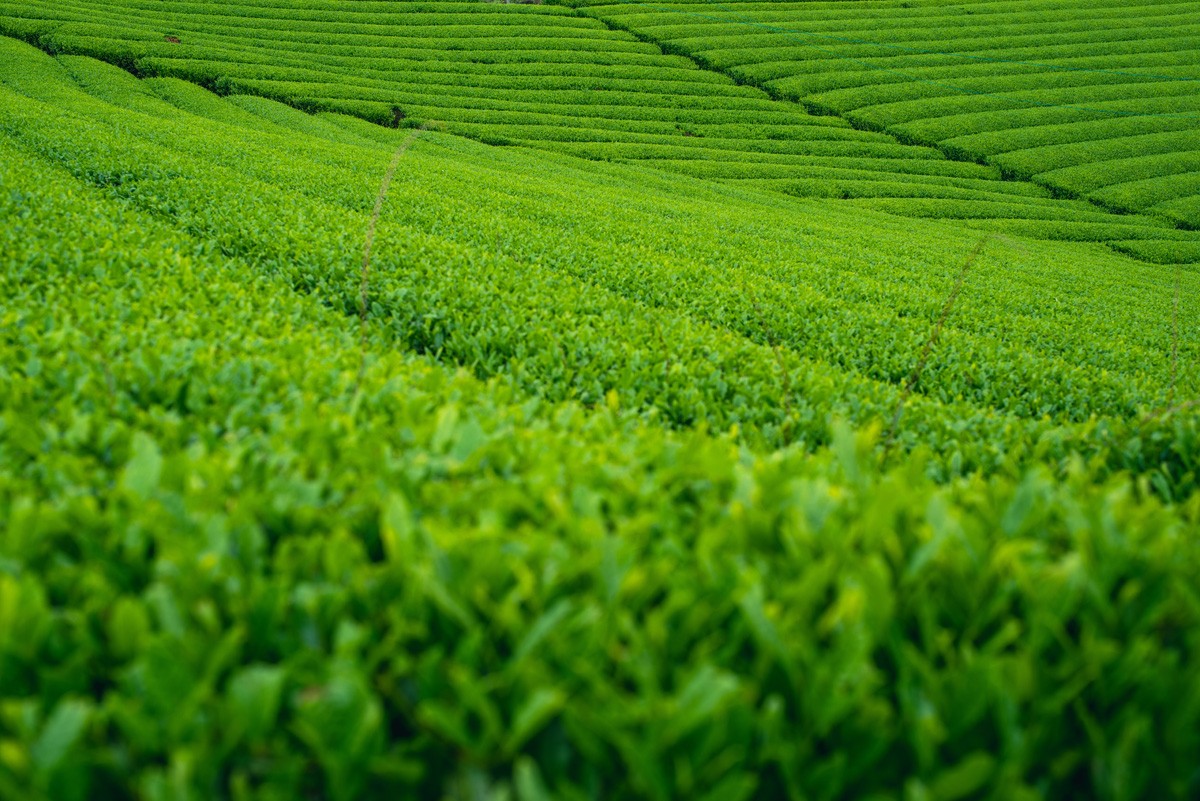
Green tea (緑茶 / rokucha) refers to tea leaves that are not fermented after harvesting, but are finished by steaming, roasting, drying, or pan-firing.
Matcha is a type of green tea, but its cultivation and production methods are quite different from those of common green teas such as sencha (煎茶).
Cultivation Method
- Green Tea: Grown in full sunlight.
- Matcha: The tea leaves used for matcha are grown using a method called "covered cultivation" (覆下栽培 / ooishita saibai), where the plants are shaded with straw or sheets for several weeks before harvest.
Production Process
- Green Tea: After picking, the leaves are steamed and kneaded to shape them, then dried to finish.
- Matcha: The picked leaves are steamed and then dried without kneading. These dried leaves are called tencha (碾茶), which are then ground into a fine powder using a stone mill to become matcha.
Does Matcha Contain Caffeine? What Are the Effects of Drinking It Daily? Matcha’s Components and Benefits
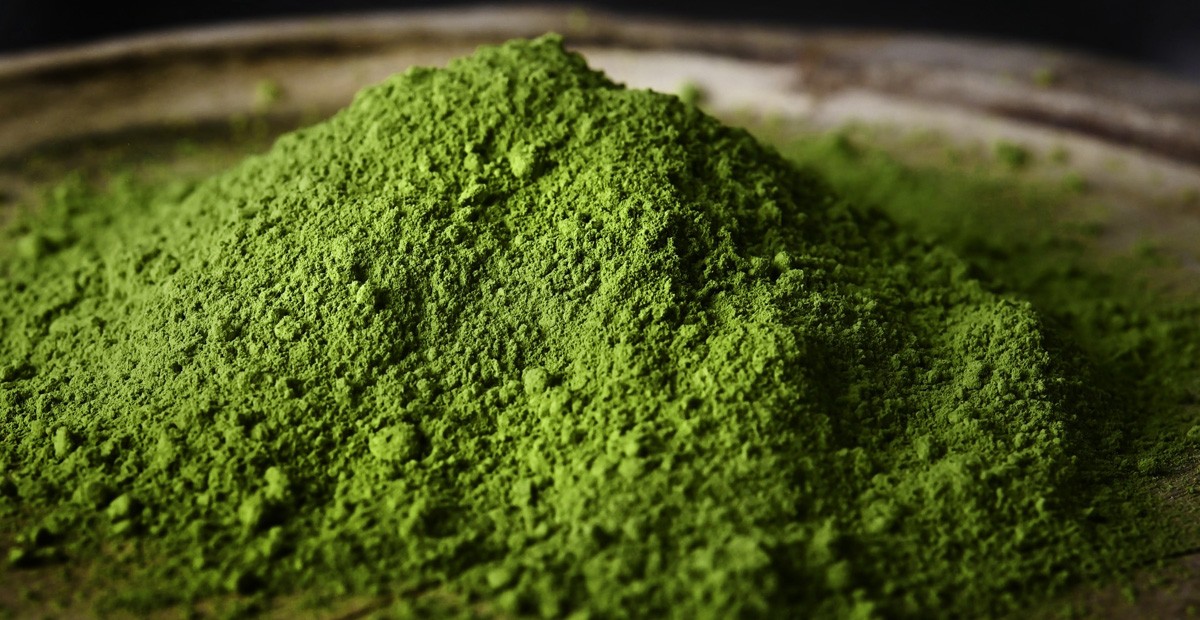
Matcha contains caffeine, with about 64mg per cup (approx. 2g of matcha for one cup). This is less than a cup of coffee (about 80mg), but matcha also contains theanine, which moderates the effects of caffeine and provides a relaxing effect, allowing you to stay calm while maintaining focus.
Matcha is expected to offer various health benefits.
- Strong Antioxidant Effect: The catechins abundantly found in matcha have powerful antioxidant properties, which help suppress active oxygen in the body and are believed to aid in controlling cholesterol and body fat.
- Beauty Benefits: Rich in nutrients such as beta-carotene (vitamin A), vitamin C, and vitamin E, matcha helps maintain healthy skin and boost immunity.
- Diet Support: Matcha is high in dietary fiber, which promotes intestinal activity and is expected to help relieve constipation and support dieting.
Introducing Matcha Production Regions and Varieties, Such as Uji Matcha and Nishio Matcha
Main Japanese Tea Production Regions and Their Characteristics
Uji (Kyoto Prefecture)
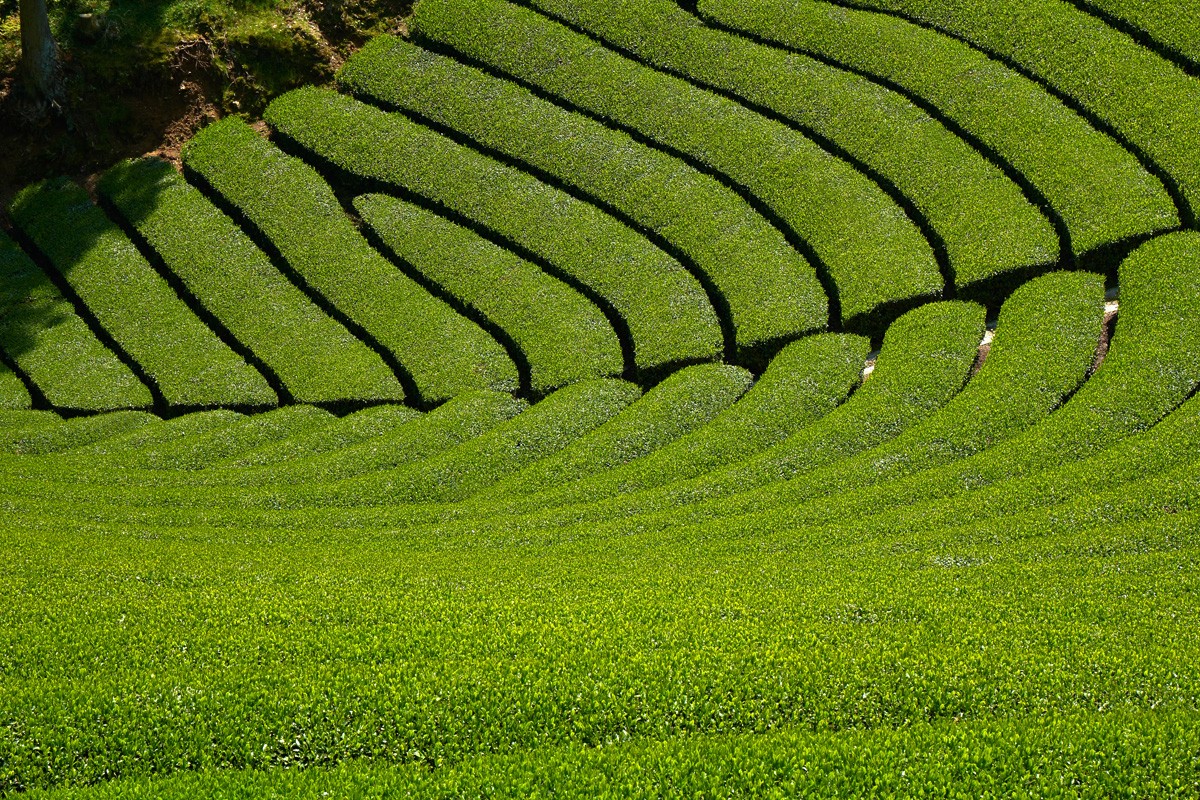
In Uji, tea cultivation began in the Kamakura period when the monk Eisai introduced tea, and during the Muromachi period, the “covered cultivation” method was developed. Furthermore, in the Sengoku period, the tea master Sen no Rikyu (千利休) established the Uji tea brand. Even today, many tea rooms and tea gardens remain, and Uji boasts a high production volume of “tencha,” the raw material for matcha. The climate and soil are ideal for growing matcha, resulting in a fragrant aroma and mellow flavor.
👉Click here to purchase Uji Matcha products【Yahoo! Shopping】
Nishio (Aichi Prefecture)
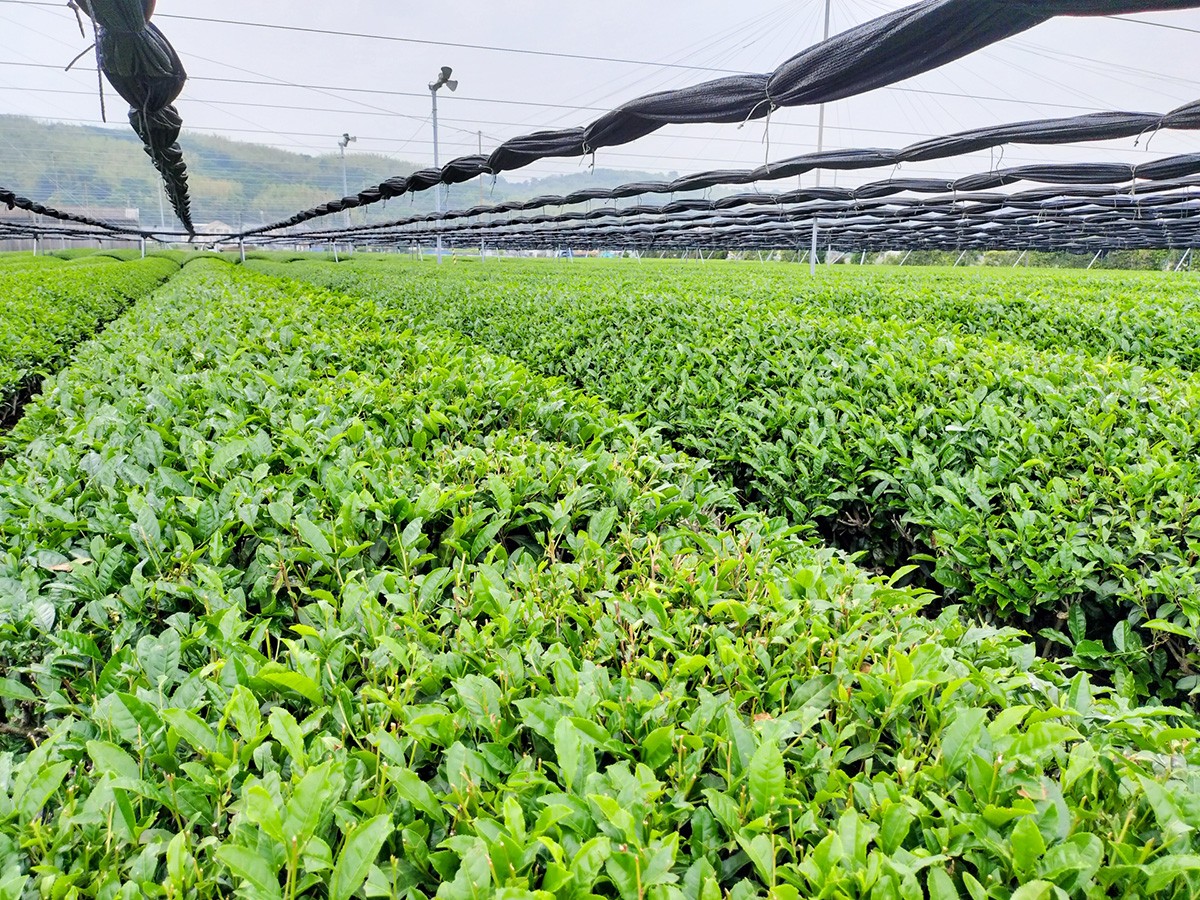
Aichi Prefecture is one of the leading production areas of tencha (the raw material for matcha). About 70% of the tea leaves produced in the prefecture are tencha. In particular, Nishio City is known as a rare region specializing in matcha. Its matcha is characterized by a vibrant green color and rich flavor.
👉Click here to purchase Nishio Matcha products【Yahoo! Shopping】
Asahina (Shizuoka Prefecture)
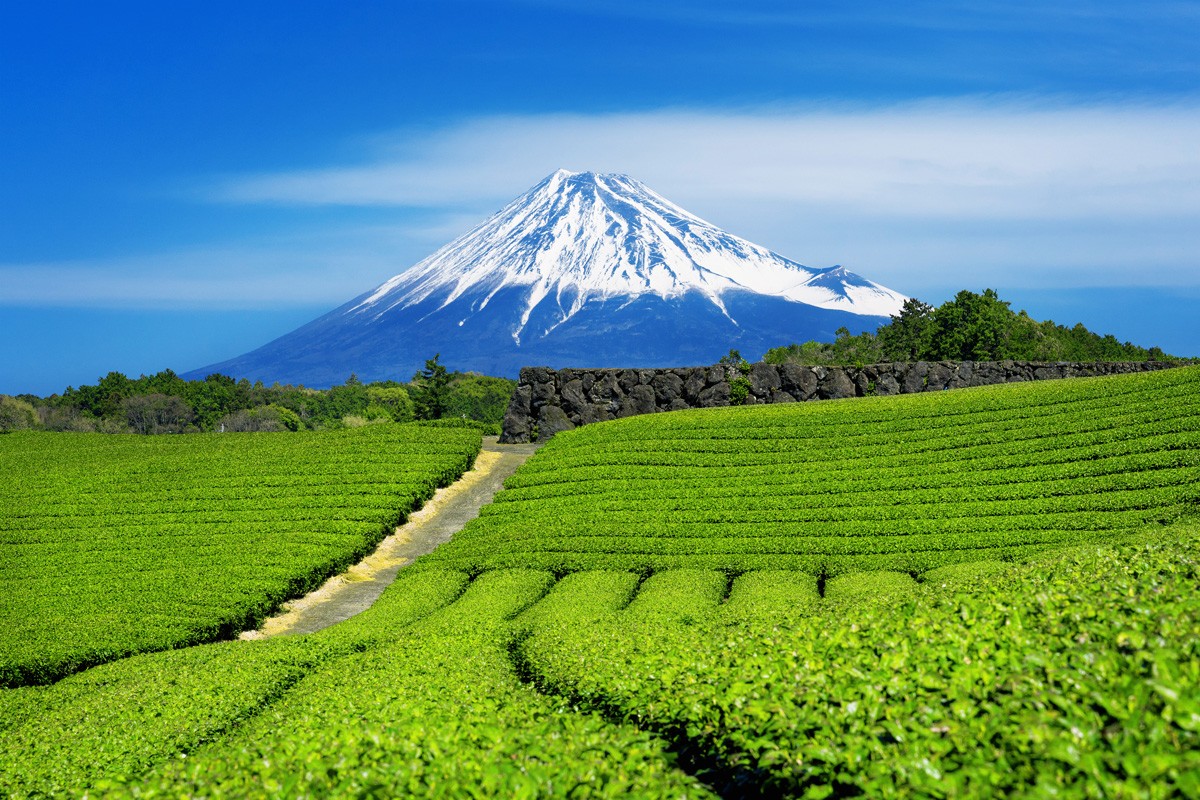
Shizuoka Prefecture is Japan’s top tea-producing region in both volume and area. A wide variety of teas, including sencha, gyokuro, and matcha, are produced in diverse areas ranging from flatlands to mountainous regions. Asahina is especially known for its gyokuro and tencha, and is characterized by the refreshing aroma and flavor unique to mountainous areas.
👉Click here to purchase Asahina Matcha products【Yahoo! Shopping】
Yame (Fukuoka Prefecture)
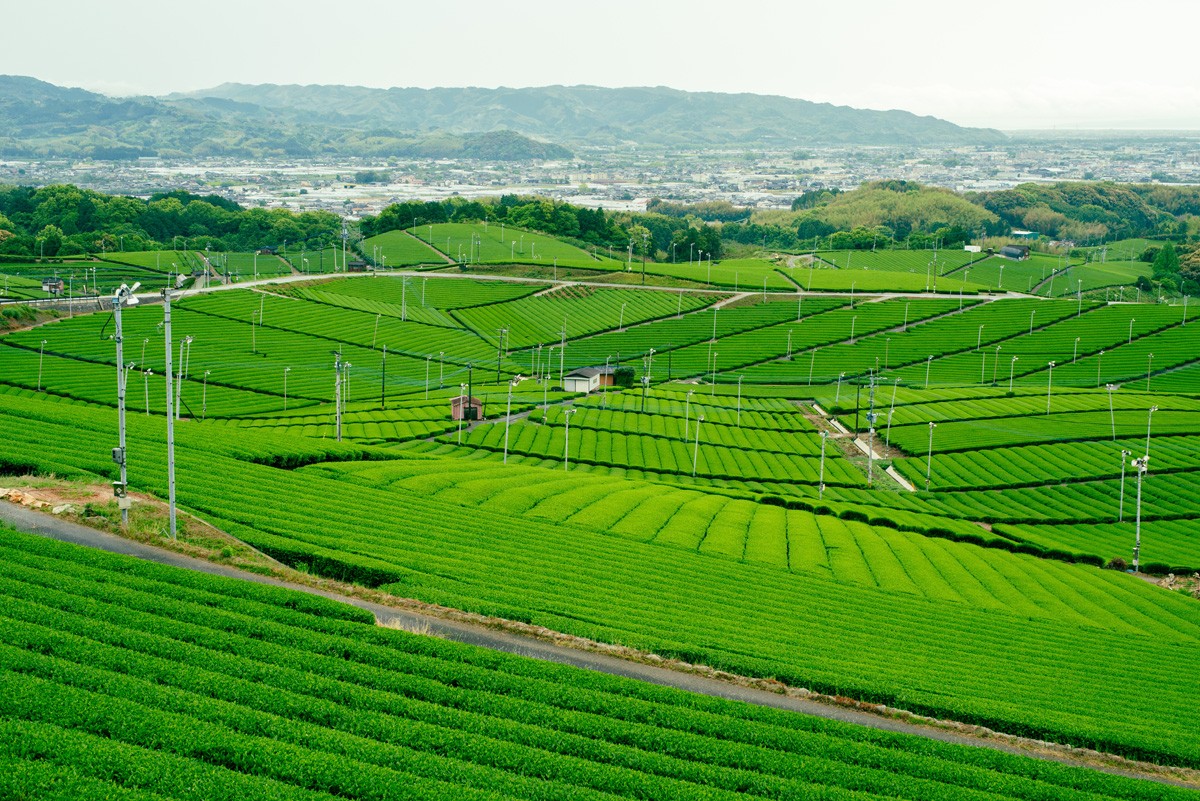
Yame tea, produced mainly in Yame City, Fukuoka Prefecture, has a history of over 600 years. It is known for its sweet, rich, and umami-packed flavor. The “gajuugata” (芽重型) cultivation method, which emphasizes quality, is used.
👉Click here to purchase Yame Matcha products【Yahoo! Shopping】
What is the Difference Between Matcha for Drinking and Matcha for Food Processing?
Matcha is broadly divided into “matcha for drinking” and “matcha for food processing” depending on its use.
Matcha for drinking is used in the tea ceremony and is made by carefully grinding the highest quality tencha with a stone mill. It is characterized by its vivid color, well-balanced bitterness and sweetness, and refined taste. Although the price is higher, you can enjoy the true flavor of matcha.
On the other hand, matcha for food processing is used as an ingredient in sweets and confectionery, and is made with the assumption that it will be mixed with other ingredients. While it does not require the same delicacy as matcha for drinking, it is important that it has a good color and stability to withstand heat processing. The price is lower than that of matcha for drinking.
Representative Matcha Varieties
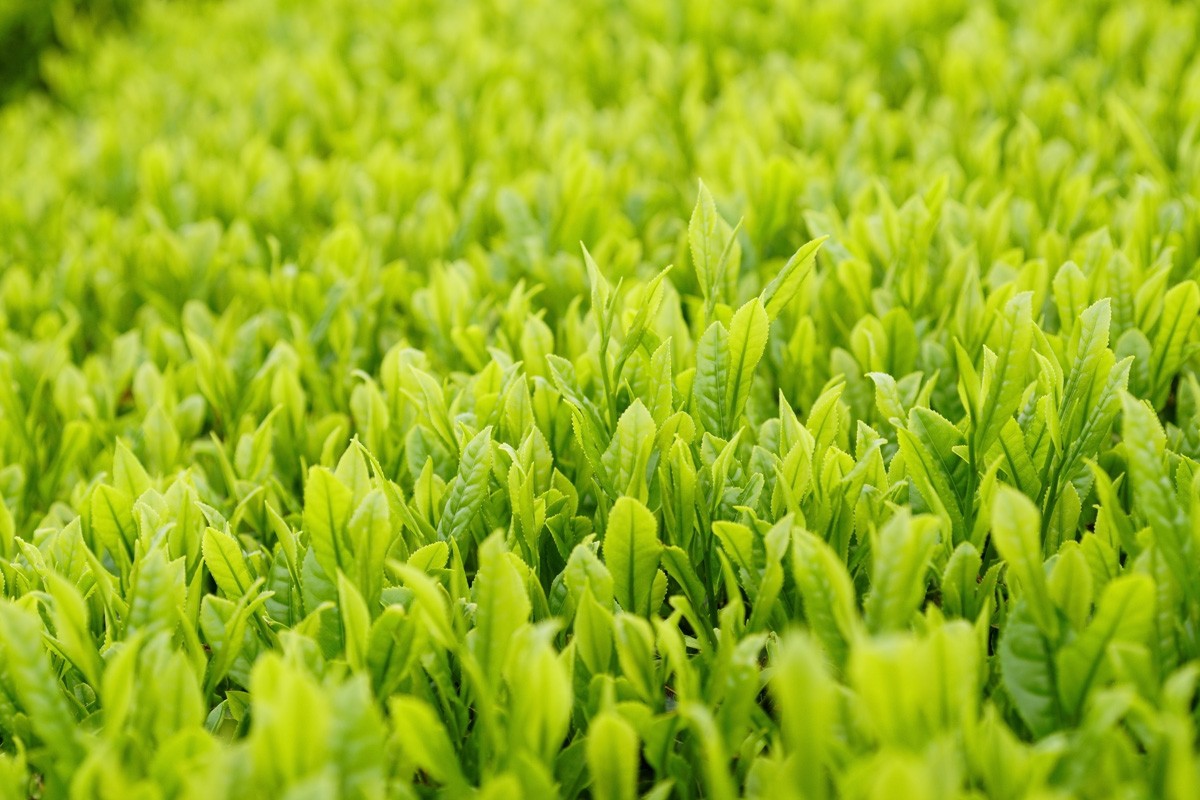
There are various cultivars of tea leaves used for matcha. Here, we introduce six representative varieties and their characteristics.
Yabukita
The most widely cultivated variety in Japan. It has a well-balanced sweetness, umami, and astringency, making it a familiar taste for everyone. Recommended for matcha lattes and confectionery.
Samidori
Mainly cultivated in Uji, Kyoto, this variety is especially known for its strong umami and aroma, which are the true characteristics of matcha. It is well-suited for “covered cultivation,” making it a prized raw material for high-quality matcha.
Gokou
This is a cultivar selected from native Uji varieties. Its rich aroma and deep green color are particularly striking. When combined with milk, the unique, mellow fragrance of Gokou is enhanced, allowing you to enjoy a smooth and creamy matcha latte.
Ujihikari
This variety is cultivated in Uji and is known for its rich umami flavor and vibrant green color. It is also popular as a high-grade matcha ingredient used in the Japanese tea ceremony.
Okumidori
This cultivar was created by crossbreeding native Shizuoka varieties. It is characterized by its outstanding aroma and the ease with which it produces a vivid green color.
Asahi
A native Uji variety, Asahi is known for its deep umami and rich flavor. It is a premium cultivar, recognized as one of the highest grades of tencha. Highly recommended for those who want to experience the profound depth of authentic matcha.
Popular Matcha Recipes: Matcha Tea Latte, Matcha Espresso, and More
Matcha Latte
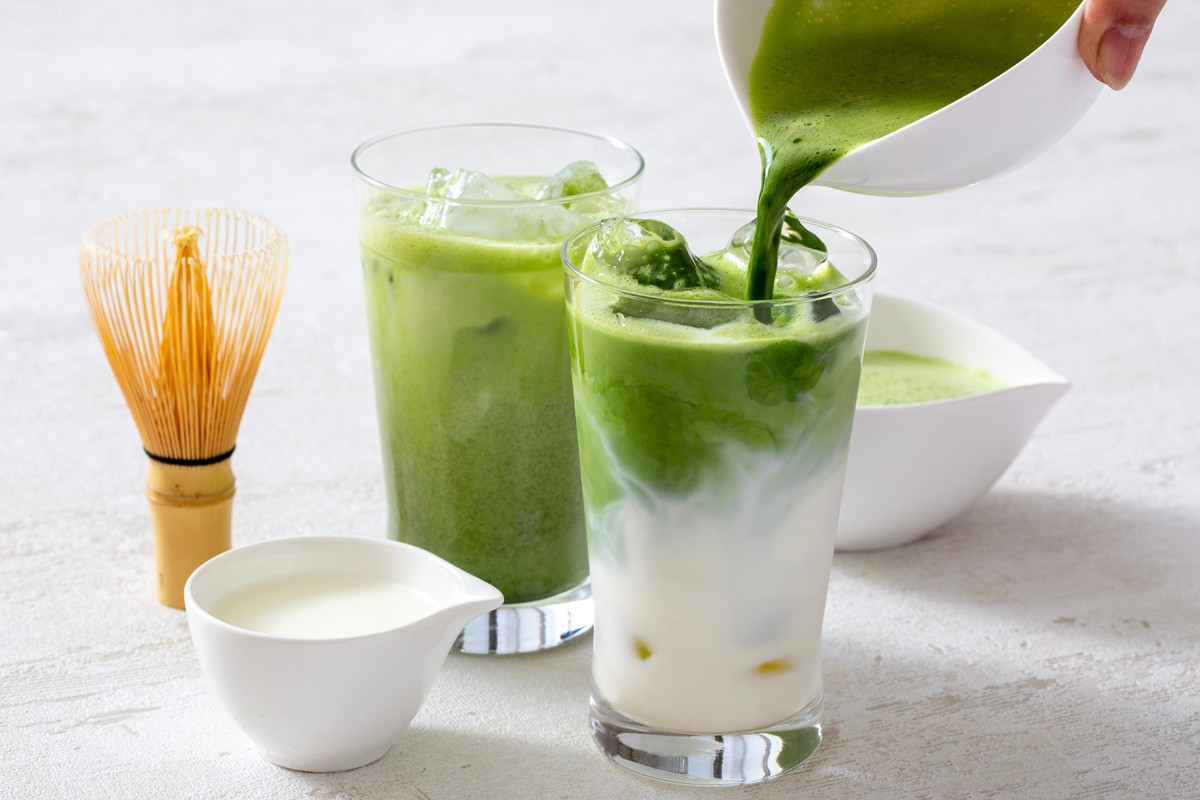
The matcha latte is a classic drink where the subtle bitterness of matcha and the creaminess of milk are perfectly balanced.
Key Points for Preparation
- Dissolve the matcha thoroughly in a small amount of hot water to make a paste.
- Add warmed milk and lightly froth with a whisk or milk frother.
- If you prefer sweetness, add a small amount of honey or sugar.
The vibrant green color and aroma of matcha stand out, making it visually appealing as well. Recommended for a relaxing morning or when you want to enjoy a café atmosphere at home.
Matcha Espresso
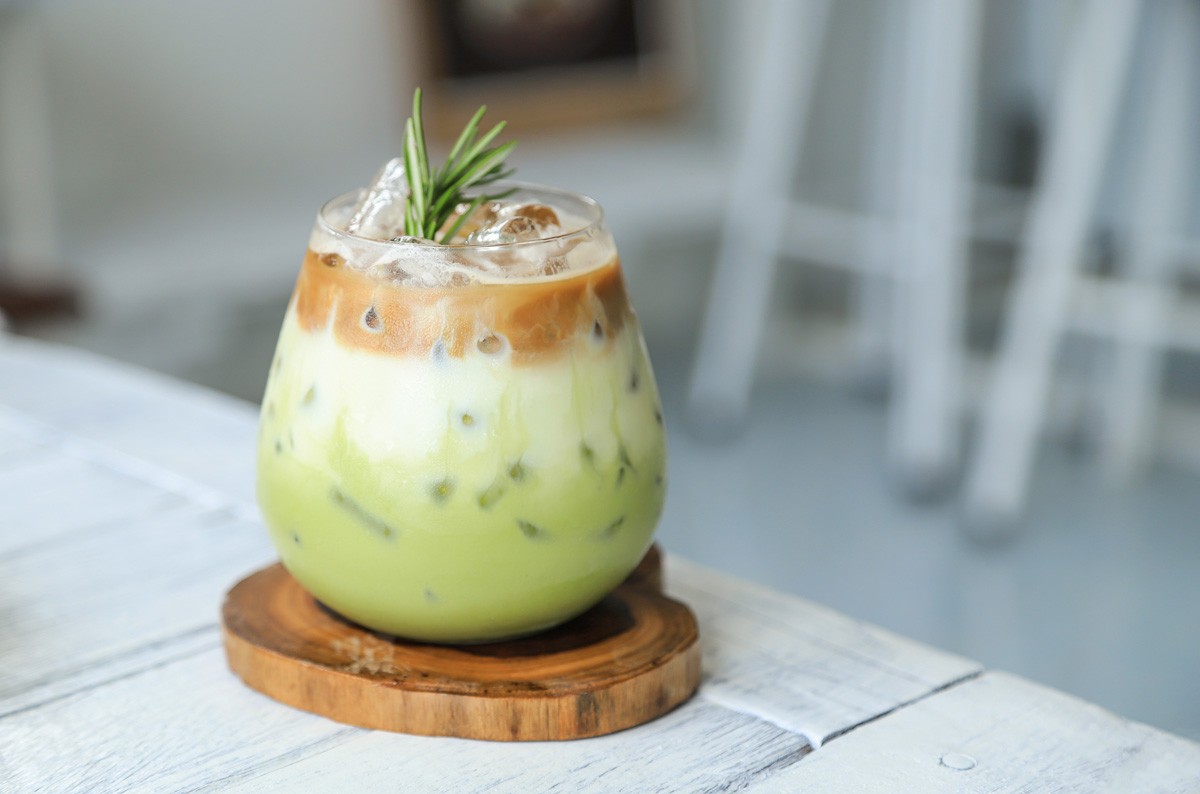
Matcha espresso is a combination of rich matcha and coffee espresso.
Key Points for Preparation
- Dissolve the matcha thoroughly in a small amount of hot water to make a paste.
- Add freshly brewed espresso.
- Stir lightly to finish. For a smoother taste, add a little milk or syrup to your liking.
This drink offers a new taste experience by blending the flavors of matcha and espresso.
Matcha Coconut Water
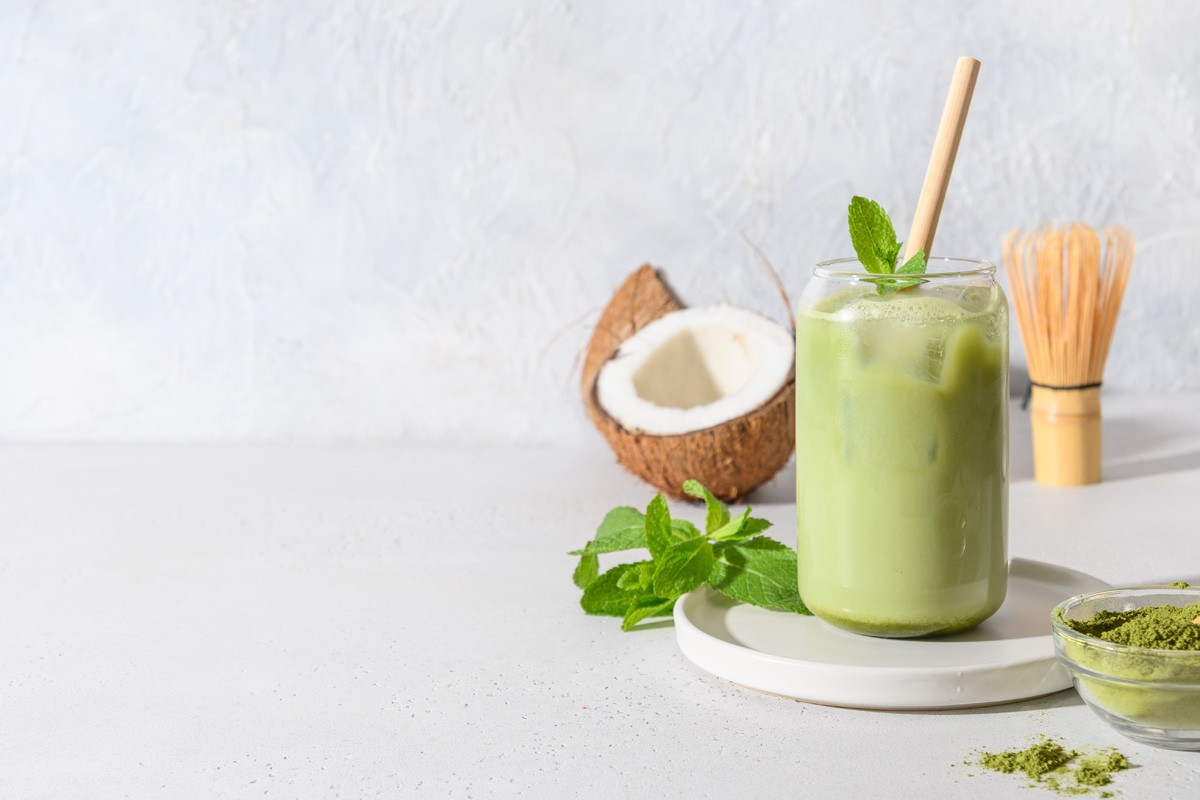
This refreshing drink is perfect for health-conscious people or for hot weather.
Key Points for Preparation
- Dissolve the matcha in a small amount of lukewarm water.
- Add coconut water and mix well.
- Add ice and enjoy it cold for a refreshing taste.
The natural sweetness of coconut and the aroma of matcha blend harmoniously, leaving a clean aftertaste. It is a popular drink for those who are mindful of beauty and health.
Where Can You Buy Matcha? Recommended Matcha Brands and Cafés such as Marukyu Koyamaen and Ippodo Tea
How to Buy Matcha
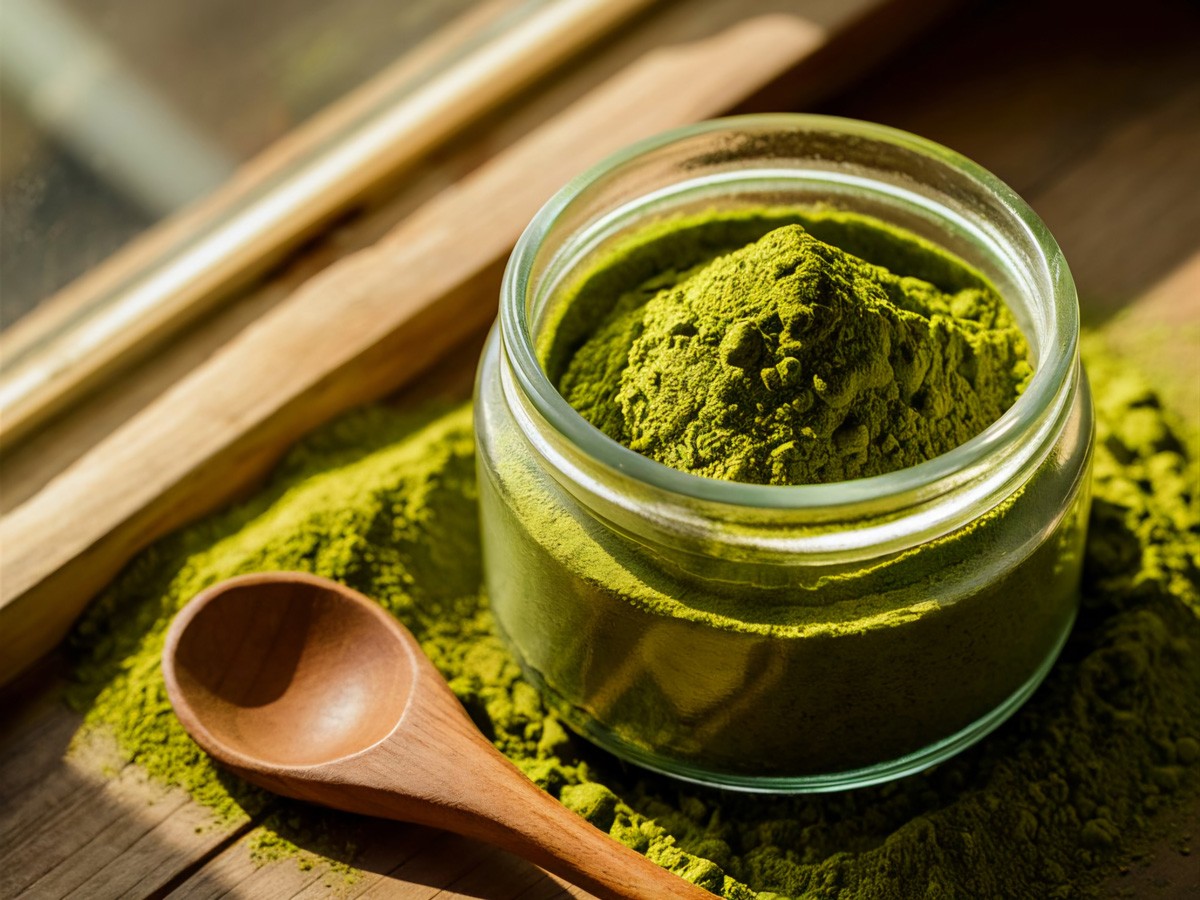
- Department Stores: Many department stores have sections that offer high-quality matcha. There are also many gift sets and beautifully packaged options, making it easy for first-time buyers to choose with confidence.
- Japanese Tea Specialty Shops: You can purchase matcha with a focus on origin and cultivar. Many shops offer tastings, so you can find matcha that suits your preferences. Knowledgeable staff are also available to answer your questions.
- Online Stores: You can easily purchase matcha from home, and some shops offer international shipping. It’s easy to compare brands and price ranges, so you can choose according to your preferences.
Recommended Matcha Brands
Marukyu Koyamaen (丸久小山園)
This is a long-established tea shop in Uji, Kyoto, with a history of over 300 years. They offer a wide range of matcha, from the highest-grade "Unkaku" (雲鶴) to more affordable options, and are renowned for their consistent quality. They provide authentic matcha that is trusted by tea ceremony practitioners.
- Official website: https://www.marukyu-koyamaen.co.jp/
👉Purchase Marukyu Koyamaen products here【Yahoo! Shopping】
Ippodo Tea (一保堂茶舗)
Founded in 1717, this long-established Kyoto tea shop is known for its dedication to traditional matcha production methods. In addition to matcha, they offer a wide variety of teas including gyokuro, sencha, and bancha, with various brands such as "Ikuyo no Mukashi" (幾世の昔) and "Unmon no Mukashi" (雲門の昔). For beginners, "Sayaka no Mukashi" (明昔) is recommended. The Kyoto main store also holds tea classes and occasional events, allowing visitors to experience and learn about the charm of matcha.
- Official website: https://www.ippodo-tea.co.jp/
👉Purchase Ippodo Tea products here【Yahoo! Shopping】
Nakamura Tokichi (中村藤吉)
Founded in 1854, this long-established Uji tea shop offers a wide range of products, from traditional matcha to modern café menus and Western-style sweets, making it popular among younger generations. Their signature menu item, "Nama-cha Jelly", as well as other sweets that bring out the flavor of tea, are especially popular.
- Official website: https://tokichi.jp/
👉Purchase Nakamura Tokichi products here【Yahoo! Shopping】
Gion Tsujiri (祇園辻利)
Founded in 1860 in Gion, Kyoto, this long-established shop is committed to the quality of its matcha. They offer a wide range of products, including matcha for sweets and tea bags, making it easy to enjoy matcha and matcha sweets. As a result, it is also popular as a souvenir shop for tourists.
- Official website: https://www.giontsujiri.co.jp/
👉Purchase Gion Tsujiri products here【Yahoo! Shopping】
Recommended Matcha Cafés
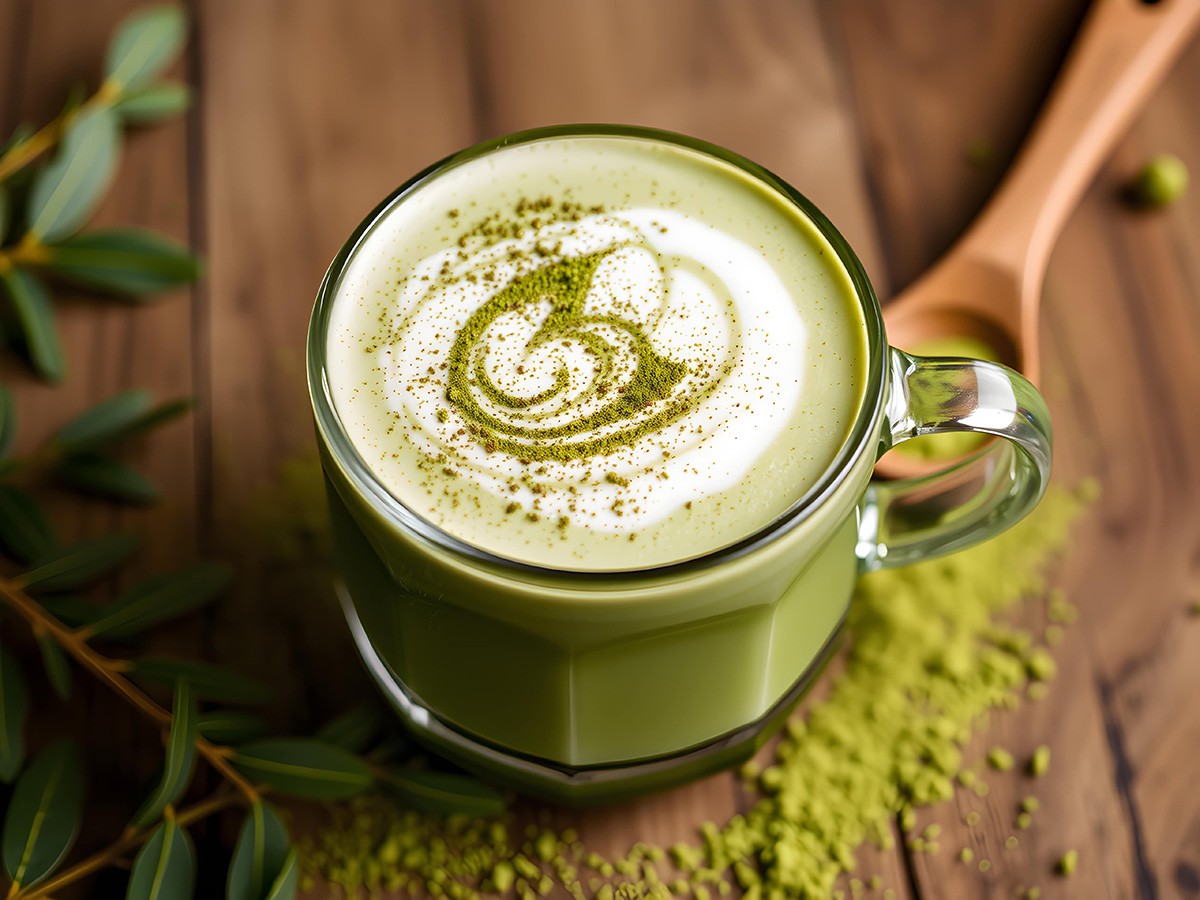
IPPUKU & MATCHA
A specialty matcha shop where you can enjoy single-origin Uji matcha in a new style. Their exquisite sweets, featuring matcha pudding, matcha ice cream, matcha powder, and matcha sauce, are especially popular.
Store Information
- Locations: Tokyo (Nihonbashi, Yoyogi-Uehara)
- Business hours: Varies by location
- Official website: https://ippukuandmatcha.jp/
👉Reserve a seat at IPPUKU & MATCHA Nihonbashi【AutoReserve】
ATELIER MATCHA
As Yamamasa Koyamaen's first matcha café, they offer premium matcha drinks and sweets with a farm-to-table concept.
Store Information
- Locations: Tokyo (Ginza), Kanagawa (Kamakura)
- Business hours: Varies by location
- Official website: https://ateliermatcha.com/
👉 Reserve a seat at ATELIER MATCHA Kamakura【AutoReserve】
THE MATCHA TOKYO
A health-conscious matcha café offering drinks and food made with the highest quality 100% organic matcha. The bright and spacious interior also features a selection of matcha goods perfect for your daily routine.
Store Information
- Locations: Omotesando, Shibuya (MIYASHITA PARK), Shinjuku (NEWoMan Shinjuku), and more
- Business Hours: Vary by location
- Official Website: https://www.the-matcha.tokyo/
Saryo Suisen (茶寮翠泉)
An authentic Japanese-style café originating in Kyoto. Enjoy matcha sweets and matcha drinks made with premium Uji matcha and the highest grade tea leaves, all in an elegant Japanese-style interior.
Store Information
- Locations: Kyoto (Takatsuji Main Store), Tokyo (Shinjuku, Shibuya PARCO, Ikebukuro Tobu), and more
- Business Hours: Vary by location
- Official Website: https://saryo-suisen.com/
Hatoya (八十八)
As a matcha stand from Kyoto, Hatoya offers carefully crafted matcha menu items such as rich matcha shakes and limited-edition monaka. You can enjoy the authentic taste of matcha in a simple yet refined style.
Store Information
- Locations: Kyoto (Ryoyasha Main Store), Tokyo (Asakusa), Kanagawa (Kamakura)
- Business Hours: Vary by location
- Official Website: https://www.8108kyoto.com/
・Differences Between Green Tea and Matcha: Manufacturing, Nutrition, and How to Drink | Thorough Explanation (Yamamotoyama)
https://yamamotoyama.co.jp/blogs/column/reading278?srsltid=AfmBOorJ4k2qp3e19nNEslaGfubuzqnqM_jq3Fj2WZMYDnCdbV6FoMmG
・Standard Tables of Food Composition in Japan 2015 (Seventh Revised Edition)
・Tea Life That Benefits the Mind: Enjoying Matcha and Its Expected Effects (Chazen)
https://www.chazen-co.jp/kawara_1/
・Introduction to Tea-Producing Regions Across Japan, August 2023, Ministry of Agriculture, Forestry and Fisheries
・What Types of Matcha Are There? Differences in Varieties and Production Areas [Tea Trivia] (Yamaneen)
https://www.e-cha.co.jp/contents/maccha_shurui/?srsltid=AfmBOoqtanjnEzyEy7Zjsz-C4R04h1SiQY_p09Xw4EBaOF_jUVVFb3wr#toc8
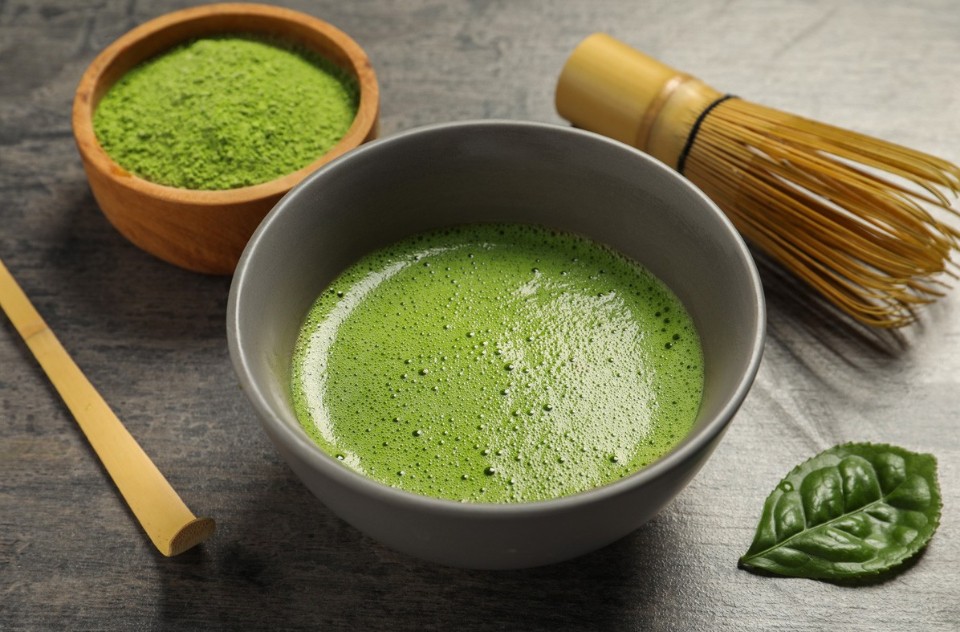
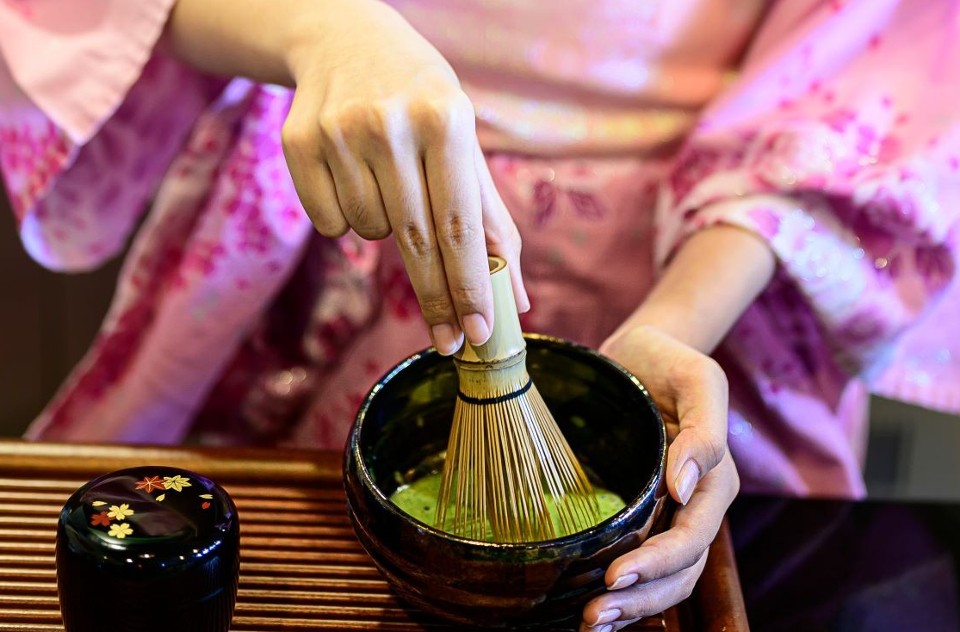
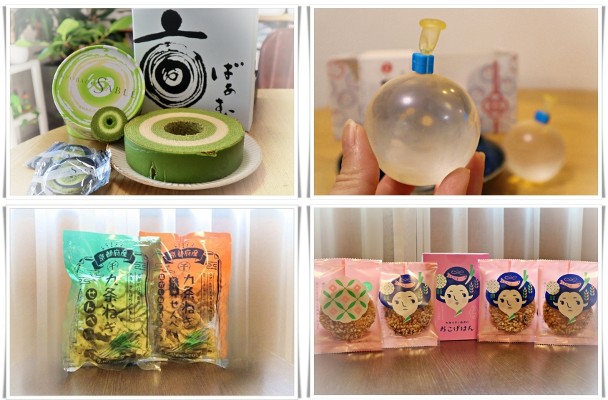
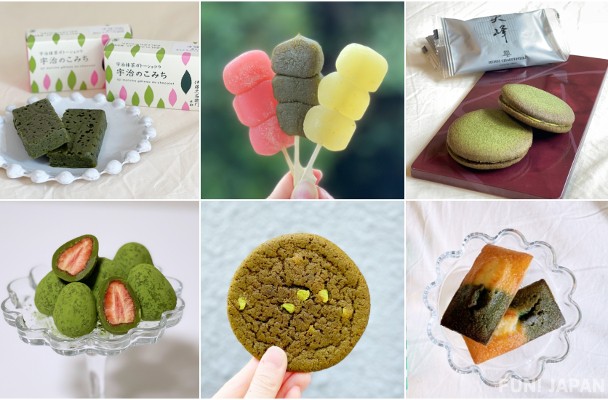
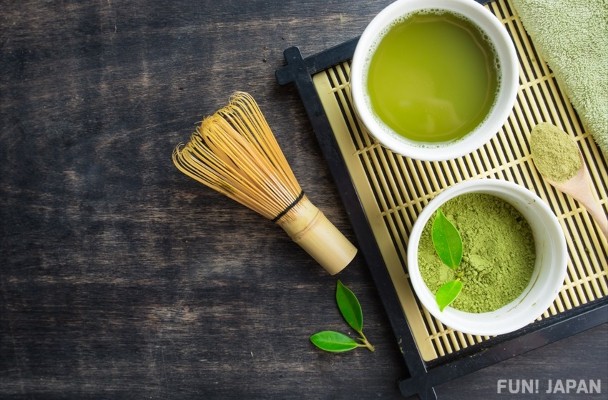
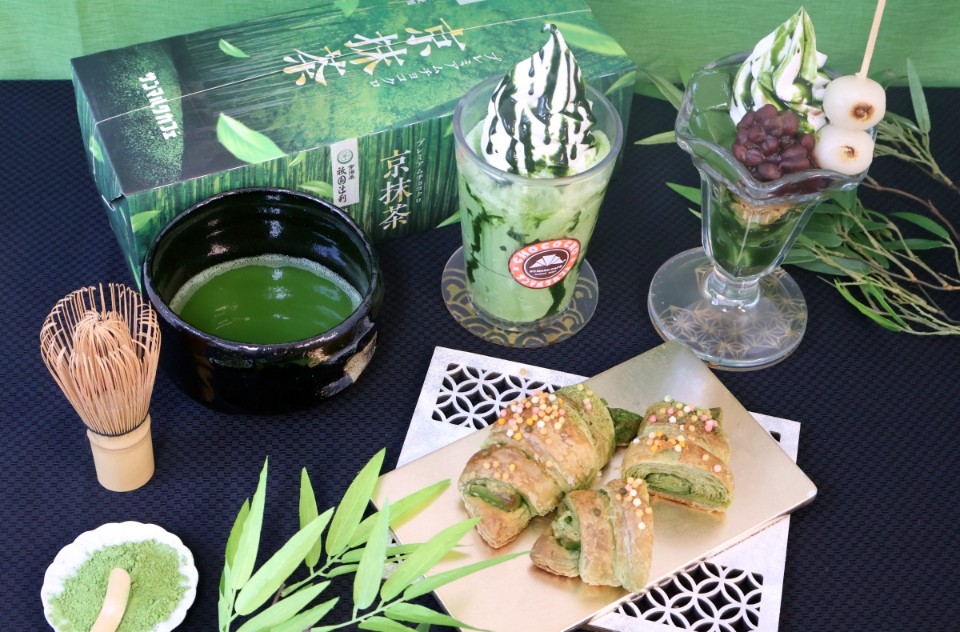
Comments